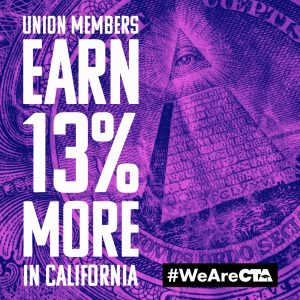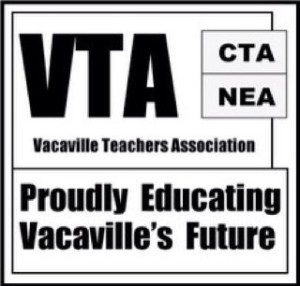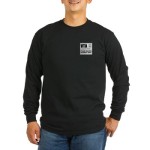The Napa/Solano Central Labor Council would like to announce its slate of endorsed candidates for the June 7th, 2016 elections. Together we make up a very diverse group of labor organizations representing over 50,000 members in the Napa and Solano Counties. The Napa/Solano Central Labor Council held joint interviews with the Napa/Solano Building Trades Council and the United Workers for Local Government, going to great lengths to sit down with the candidates and get their views on a number of different issues facing working men and women in our county.
We held multiple interviews over a one-week period and our panel consisted of Postal Workers, Machinists, Clerical Workers, Hotel Workers, College Faculty, Carpenters, Insulators, Teachers, School Employees, Food Workers, Iron Workers, Electricians, Teamsters, Plumbers and Steamfitters, Sheet Metal Workers, Cement Masons, Operating Engineers, Bricklayers, and our Service employees; asking the candidates tough questions on issues facing their members. We then met collectively and went over each race and discussed at length how each candidate might have impacted the men and women they represent.
What makes our process so important is that all of these very different professions sent representatives with the important task of making recommendations on behalf of their members and then voting to represent them. It was tough, and not everyone agreed on every endorsement, but we came away with recommendations that we felt were in the best interests for working people and their families. We struggled with whether or not to endorse people we have supported in the past, or to take a chance on new candidates we may not have considered before. In other words, we compromised. That seems to be a rarity in today’s political climate. That’s why we chose candidates that we feel can build coalitions, not divide the community – candidates willing to stick to their words and continue to fight for our members once elected, but more importantly, treat them with the dignity and respect they deserve!
We have to move forward. We have to advance a productive and civil dialogue and find common ground. We must also remain mindful of mistakes that have compromised our welfare so as to avoid repeating them in the future. We feel that the following candidates will help to do just that on behalf of all working people and their families.
Napa/Solano CLC’s Endorsed Candidates-June, 2016
Solano County:
District 1: Erin Hannigan
District 2: Dual Endorsement of Denis Honeychurch & Mike Ioakimedes
District 5: Skip Thompson
Napa County:
District 2: Mark Luce
District 4: Alfredo Pedroza
District 5: Belia Ramos




